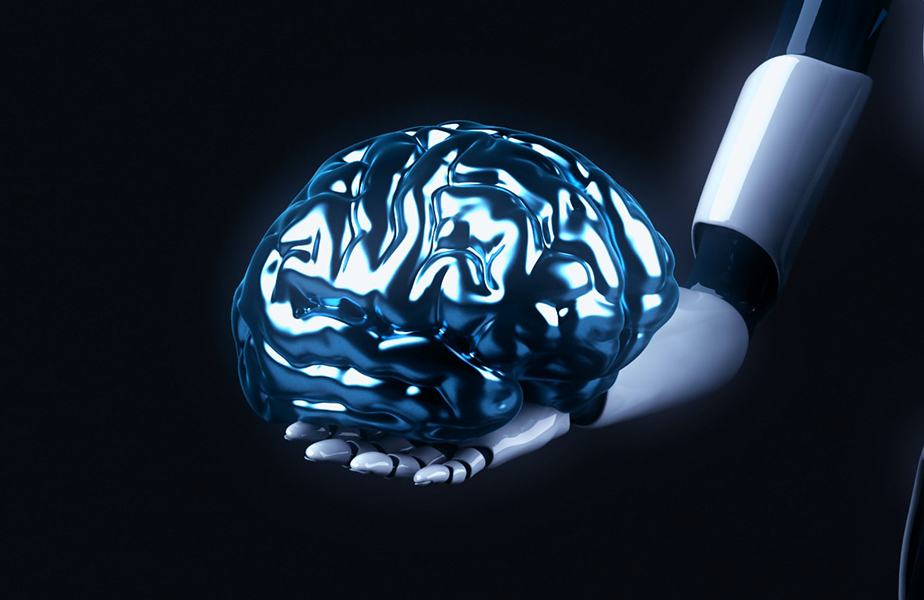How AI systems can understand,analyze and generate human language.

Artificial Intelligence (AI) has made remarkable strides in understanding, analyzing, and generating human language. Natural Language Processing (NLP), a subfield of AI, focuses on enabling machines to interact with and understand human language. This article explores the techniques and advancements that allow AI systems to comprehend and process language, analyze its meaning, and generate coherent and contextually appropriate responses. From traditional rule-based approaches to modern deep learning models, AI has revolutionized language processing, opening up numerous applications across various domains.
Understanding Human Language
Understanding human language is a complex task for AI systems. Traditional approaches to language understanding relied on rule-based systems that required manual encoding of grammatical rules and linguistic knowledge. However, the advent of statistical approaches and machine learning techniques transformed the field.
Statistical Language Models: Statistical language models, such as n-gram models, analyze the statistical properties of language to predict the likelihood of word sequences. These models paved the way for more advanced approaches that can capture context and semantics.
Machine Learning and Deep Learning: Machine learning algorithms, particularly deep learning models like Recurrent Neural Networks (RNNs) and Transformers, have revolutionized language understanding. These models learn patterns and representations from large amounts of text data, capturing both syntactic and semantic information. They excel at tasks like sentiment analysis, named entity recognition, and part-of-speech tagging.
Word Embeddings: Word embeddings, such as Word2Vec and GloVe, represent words as dense vectors in a high-dimensional space. These embeddings capture semantic relationships between words, enabling AI systems to understand the meaning and context of words in sentences.
Analyzing Human Language
Analyzing human language involves extracting meaningful information from text and deriving insights. AI systems employ various techniques to perform tasks like sentiment analysis, text classification, and information extraction.
Sentiment Analysis: Sentiment analysis determines the emotional tone of a text, whether it is positive, negative, or neutral. AI systems use techniques like lexicon-based analysis, machine learning classifiers, or deep learning models to identify sentiment polarity in customer reviews, social media posts, and other text sources.
Text Classification: Text classification categorizes text into predefined classes or topics. It is used in spam filtering, news categorization, and content recommendation systems. Machine learning algorithms, such as Support Vector Machines (SVMs) and Convolutional Neural Networks (CNNs), are commonly employed for text classification tasks.
Named Entity Recognition (NER): NER identifies and extracts named entities, such as people, organizations, locations, and dates, from text. AI systems use techniques like rule-based approaches, conditional random fields, or deep learning models to recognize and classify named entities in unstructured text.
Information Extraction: Information extraction involves identifying structured information from unstructured text, such as extracting relationships between entities or events. AI systems employ techniques like pattern matching, rule-based approaches, or more advanced methods using deep learning models to extract structured information from large text corpora.
Generating Human Language
AI systems have made significant progress in generating human-like language, enabling applications like chatbots, language translation, and text generation for creative purposes.
Chatbots and Virtual Assistants: Chatbots use AI algorithms to simulate human-like conversations. They analyze user input, generate appropriate responses, and provide information or assistance. AI models like Seq2Seq with Attention or Transformer-based models have improved the quality and fluency of chatbot interactions.
Language Translation: AI has revolutionized language translation through techniques like Neural Machine Translation (NMT), which employs deep learning models to translate text between different languages. NMT models capture contextual information and produce more accurate and fluent translations compared to traditional statistical approaches.
Text Generation: AI systems can generate human-like text by learning from large text corpora. Language models like Generative Pre-trained Transformers (GPT) have been trained on vast amounts of data and can generate coherent and contextually appropriate text. They have applications in content creation, storytelling, and even generating code snippets.
Controlling Text Generation: Researchers are actively exploring methods to control and guide AI-generated text. Techniques like conditional text generation, style transfer, and reinforcement learning allow users to influence the generated output by providing prompts or specifying desired attributes like sentiment or writing style.
Conclusion
AI systems have made remarkable progress in understanding, analyzing, and generating human language. From statistical language models to deep learning approaches, AI has transformed the field of Natural Language Processing. These systems can now comprehend context, analyze meaning, and generate coherent and contextually appropriate responses. Applications such as chatbots, language translation, and text generation have benefited tremendously from advancements in language processing. However, challenges remain, including the need for better interpretability, addressing biases, and ensuring ethical use of AI-generated language. As research and development continue, AI’s ability to understand and generate human language will continue to improve,opening up new possibilities for communication, automation, and human-machine interaction.




















